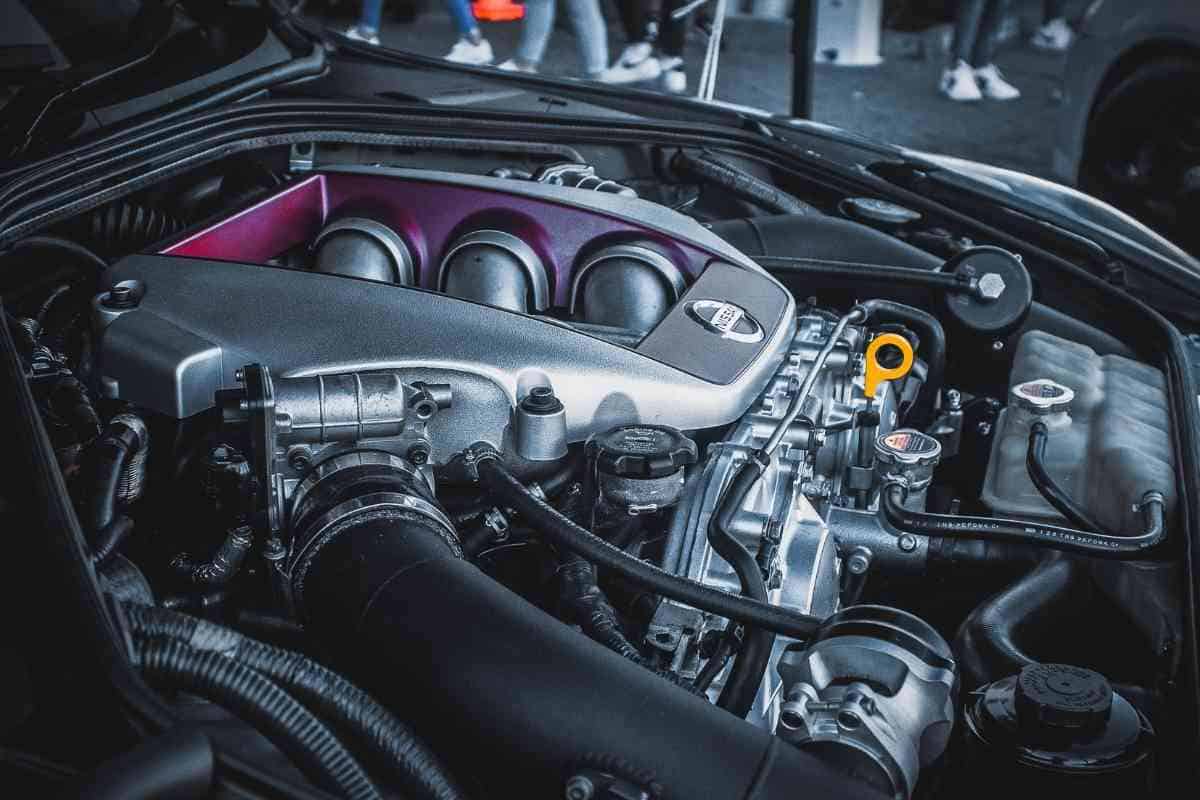When revving the engine of a car, one might ponder: how much horsepower can a supercharger actually add to my vehicle? This playful question opens the door to a world of performance enhancement, breathing new life into engines that often yearn for a boost. But, as exhilarating as the prospect is, it also poses a challenge. How much do you really know about superchargers and their impact on performance? Let’s dive deep into the mechanics and benefits of supercharging and unravel just how that additional horsepower translates on the road.
First, it’s essential to understand what a supercharger is. Superchargers are mechanical devices designed to forcefully introduce more air into the engine’s combustion chamber, thereby enhancing the engine’s ability to burn fuel more efficiently. This process elevates the overall power output, making your vehicle quicker and more spirited. But how much can you expect in terms of horsepower? This varies significantly based on several factors, including the type of supercharger, the engine’s baseline power, and typical modifications.
Superchargers can be categorized into several types, each with its unique mechanisms and advantages. The most prevalent types include roots superchargers, centrifugal superchargers, and twin-screw superchargers. Roots superchargers, often seen in muscle cars, deliver a linear boost in power, especially at low RPMs. They provide a hefty punch, making it ideal for drivers who crave robust acceleration right from the get-go.
Centrifugal superchargers, on the other hand, operate more like turbochargers. They build boost progressively with engine speed, which can lead to a more dramatic increase in horsepower at higher RPMs. This means that, while they might not provide immediate gratification like roots superchargers, the payoff can be substantial for those willing to explore the upper limits of their engine’s potential.
Then there are twin-screw superchargers, which combine features from both previous types. They excel in efficiency and can deliver impressive power gains across a broader RPM range. Supercharger enthusiasts often celebrate the twin-screw design for its ability to maintain consistent boost levels, translating well into horsepower gains throughout the acceleration process.
So, how much power can you realistically gain? On average, a supercharger can escalate horsepower by anywhere from 30% to 50%, with some higher-end designs or heavily modified engines achieving even more dizzying figures. For instance, if your vehicle initially produces 300 horsepower, equipping it with a supercharger could potentially elevate that number to between 390 and 450 horsepower. However, the success of this power increase depends on an array of factors.
One significant consideration is engine health. An engine in pristine condition is more likely to handle the additional stresses imposed by a supercharger. Conversely, an engine already showing signs of wear may struggle under the increased load, leading to premature failure or myriad other complications. Owners must ensure their engine components, like pistons, rods, and gaskets, are rated to withstand heightened pressures and temperatures.
Moreover, modifying the engine’s fuel system to accommodate the additional air is paramount. Supercharging increases the air intake, necessitating a corresponding boost in fuel delivery to achieve optimal combustion. Additionally, tuning the engine’s electronic control unit (ECU) is crucial to ensure the air-fuel mix operates harmoniously, maximizing performance while preventing engine knock or damage.
Another point worth considering is the overall driving experience. Enhanced horsepower can be exhilarating, but it can also affect daily drivability. Increased power may produce a more challenging learning curve for new drivers. Do you have the necessary skill and experience to handle a vehicle with significantly increased horsepower? Plus, added power often leads to greater fuel consumption, and drivers should be prepared for a potential decrease in efficiency.
Of course, the financial aspect also looms large. Investing in a supercharger, along with the required components and tune-ups, can stretch your budget. Prices can range from a few thousand to tens of thousands of dollars. Are you ready to make that leap for performance improvement? Consider not just the initial costs but also the long-term maintenance and potential upgrades required to fully enjoy your supercharged experience.
Additionally, let’s not forget about the importance of vehicle purpose. A supercharger could be a perfect match for a track-oriented car, but may not be suitable for a daily driver whose owner values comfort over speed. Each driver should evaluate their own needs and the intended use of their vehicle when contemplating the installation of a supercharger.
In conclusion, adding a supercharger can substantially amp up your vehicle’s horsepower, but it is a decision that should be made carefully and with full awareness of the consequences. From understanding the different types of superchargers to gauging horsepower gains, and considering factors such as engine integrity, fuel delivery systems, costs, and vehicle purpose, the journey toward boosted performance is far from simple. So, ask yourself, are you ready to take your driving experience to exhilarating heights, or is this challenge one you’re not quite prepared to conquer?
